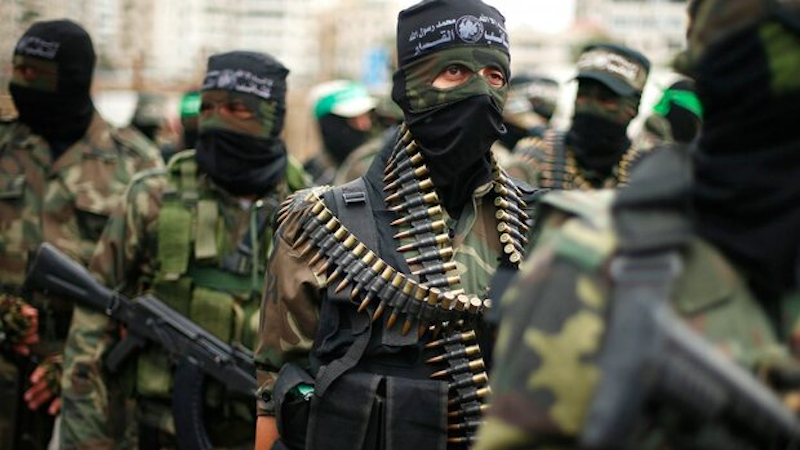Hamas’s Manipulation of Civilian Casualties and Media Narratives in the Gaza Conflict
The 2024 Gaza conflict witnessed renewed accusations of genocide against Israel, amplified by international media narratives. A closer examination reveals a deliberate strategy by Hamas to shape perceptions of the conflict, emphasizing civilian suffering while obscuring its own role as an active combatant. This manipulation occurs on two fronts: manipulating casualty figures and influencing media coverage.
A report by the Henry Jackson Society exposes significant discrepancies in the casualty data released by the Hamas-run Gaza Ministry of Health (MOH). The report highlights inconsistencies, methodological flaws, and potential misrepresentations that inflate civilian casualty figures, influencing international perceptions. Practices include reclassifying fatalities, incorporating natural deaths, and altering demographic data, potentially obscuring combatant deaths and exaggerating the number of women and children casualties. These discrepancies, also observed in previous conflicts, raise serious concerns about the MOH’s reliability as an impartial source of information.
Hamas’s strategy extends beyond data manipulation to the physical environment. The group integrates its military activities within Gaza’s civilian infrastructure, using tunnels beneath residential areas and storing weapons in schools and hospitals. This tactic effectively uses civilians as human shields, increasing the likelihood of civilian casualties during Israeli retaliatory strikes. These casualties then become central to Hamas’s narrative of indiscriminate Israeli aggression, further diverting attention from its own culpability.
Media coverage of the conflict further compounds the issue. Despite the IDF’s explicit targeting of Hamas and its infrastructure, media reports often omit the combatant status of casualties. This omission, mirroring the MOH’s reporting, creates a skewed narrative portraying Israel as attacking innocent civilians rather than engaging a terrorist organization. This has led to pronouncements of genocide against Israel, often based on the inflated and unverified casualty figures provided by Hamas.
A study by Fifty Global, analyzing coverage by eight major news outlets, reveals a systematic bias. The research shows a pervasive failure to mention combatants among casualties, an unquestioning acceptance of Hamas-provided data, and a near-total absence of Israeli sources. Only 3% of articles cited specific figures for militant casualties, while only 15% acknowledged that the Hamas-controlled MOH does not distinguish between combatants and civilians. Shockingly, Hamas sources were questioned in a mere 1% of publications, while nearly 50% of articles referencing IDF data expressed doubts about its veracity.
This bias is further compounded by the legitimization of Hamas figures as "common knowledge" and the widespread acceptance of the MOH as a credible source due to its name and a misplaced trust in its historical accuracy. This reliance on perceived historical credibility over current verification is a significant flaw in media reporting. Furthermore, media outlets often fail to present data from both sides of the conflict, effectively allowing Hamas to define the statistical narrative.
The consequences of this distorted reporting are far-reaching. It shapes public perception, influencing political decisions and international policy. Inaccurate casualty figures provide ammunition for legal proceedings like South Africa’s case against Israel in the International Court of Justice and fuel movements like BDS. The media’s failure to provide a balanced and accurate picture of the conflict hinders efforts to understand its complexities and impedes the search for sustainable solutions.
The Gaza conflict exposes a critical vulnerability in modern media: the susceptibility to manipulation by actors seeking to control the narrative. Hamas effectively exploited this vulnerability, using disinformation and manipulative tactics to shape international perceptions. The media’s uncritical acceptance of Hamas-provided data and its failure to provide context and alternative perspectives contributed to a skewed and incomplete understanding of the conflict. This underscores the urgent need for greater journalistic scrutiny, a more balanced approach to reporting, and a commitment to presenting the full complexity of such conflicts.


